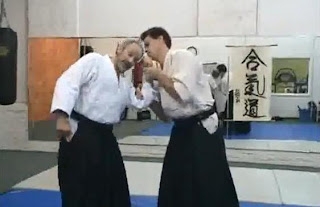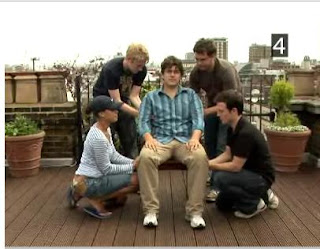"Chi/ki tests"

Introduction Initially I had included the subject of "tests" of "chi" (meaning "spirit" or "breath" - spelled "qi" in Pinyin, "ki" in Japanese and written 氣 in hanzi /kanji) in my previous article ; it arose out of the same "stream of consciousness" and should accordingly be read subject to that discussion. However I chose to put this subject into a separate essay because I think it deserves its own focus. "Chi/ki tests" are perennial favourites in martial arts circles. They range from cheap parlour tricks to drills that actually require some real martial skill (a skill that is however explained in vague, mystical or supernatural terms). In this article I propose to deal with the latter: In other words, I want to focus on two fairly common "chi/ki tests" that actually do require some skill. In so doing, I hope to: explain what these tests are actually "measuring" (ie. wha...



